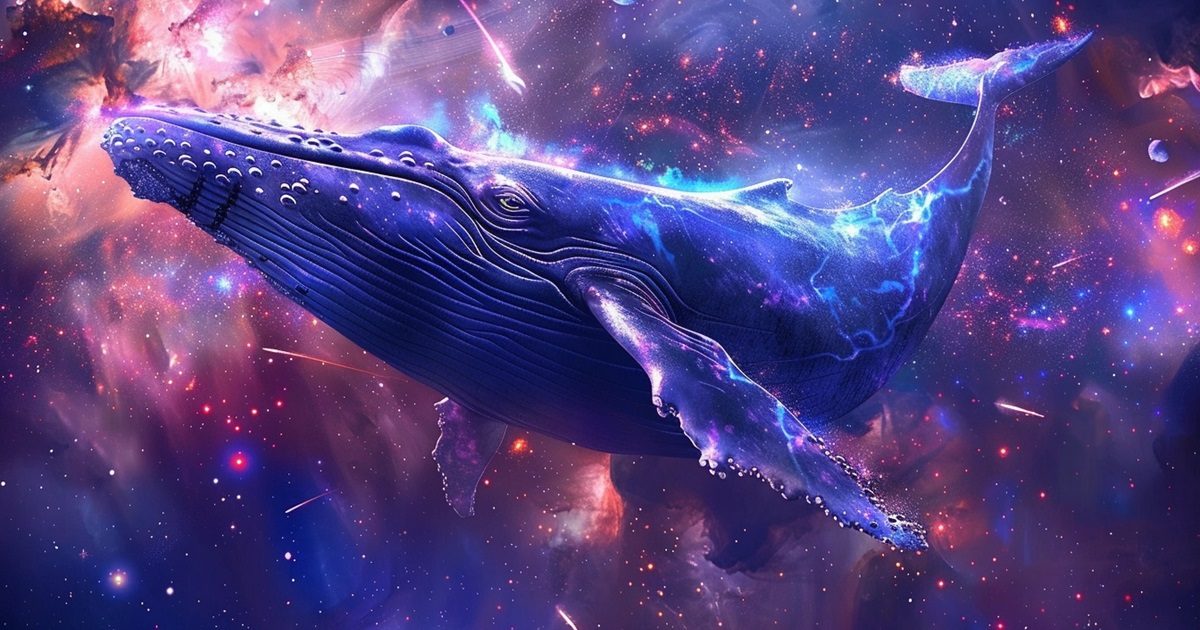Unveiling the Mysteries of Cetus: The Whale Constellation
Modified: April 8, 2024 Author: International Star Registry

In the vast expanse of the night sky, among the shimmering stars and celestial wonders, lies the constellation of Cetus, the Whale. With its fascinating history and rich mythology, Cetus has captured the imagination of astronomers and stargazers for centuries. Join us as we delve into the depths of this captivating constellation, exploring its legends, significance, and how you can immortalize your own piece of the cosmos by naming a star within Cetus through International Star Registry.
Introduction to Cetus
Cetus is one of the largest constellations in the night sky, sprawling across over 1230 square degrees. Positioned in the region of the celestial equator, it is visible to observers in both the northern and southern hemispheres during certain times of the year. Despite its size, Cetus is not one of the most prominent constellations, but its significance in ancient mythology adds to its allure.
The Mythology of Cetus
In Greek mythology, Cetus represents the sea monster sent by Poseidon, the god of the sea, to terrorize the kingdom of Ethiopia as punishment for Queen Cassiopeia’s boastfulness. To appease the wrath of Poseidon, King Cepheus and Queen Cassiopeia sacrificed their daughter, Andromeda, to the monstrous creature. However, Andromeda was saved by the hero Perseus, who slew Cetus and rescued her from her fate.
This tale of heroism, sacrifice, and redemption is intricately woven into the fabric of Cetus, immortalizing the constellation as a symbol of bravery and triumph over adversity.
Exploring the Stars of Cetus
Within the boundaries of Cetus lie several notable stars and deep-sky objects. Among them is M77, a barred spiral galaxy located approximately 47 million light-years away. With its bright core and spiral arms, M77 is a popular target for amateur astronomers and astrophotographers.
Another celestial gem within Cetus is Tau Ceti, a solitary G-type star located just 12 light-years away from Earth. Tau Ceti has garnered significant interest among astronomers due to its similarity to the Sun and the potential for hosting exoplanets capable of supporting life.
Celebrities
This constellation is a favorite among celebrities. Some celebrities that have their very own stars named in Cetus include Karl Malden, Lynda Carter, and Lew Ayres.
Naming a Star in Cetus
Imagine having a star in the vast reaches of Cetus named after yourself or a loved one. With International Star Registry, you can turn this dream into reality. Naming a star is a unique and heartfelt gift that lasts for eternity, perfect for birthdays, Christmas, anniversaries, or any special occasion.
When you name a star through International Star Registry, you receive a beautifully crafted certificate commemorating your chosen star’s name and its coordinates within Cetus. This personalized gift is a timeless symbol of love, appreciation, and the boundless wonders of the cosmos.
To name a star in Cetus or any other constellation, simply visit starregistry.com, choose your preferred star package, and follow the easy steps to complete your order. Whether you’re honoring a loved one, celebrating a milestone, or simply indulging in the magic of the universe, naming a star is a truly unforgettable experience.
Conclusion
As we gaze up at the night sky and marvel at the celestial ballet unfolding above us, let us not forget the stories and legends that have shaped our understanding of the stars. Cetus, the Whale constellation, serves as a reminder of the enduring power of myth and the timeless beauty of the cosmos.
Whether you’re an avid stargazer, a lover of mythology, or simply seeking a unique gift for someone special, Cetus offers a wealth of wonders waiting to be explored. And with International Star Registry, you can leave your mark on the heavens by naming a star in this majestic constellation.
So why wait? Buy a star in Cetus today and embark on a journey through the stars that will last a lifetime.
Visit starregistry.com to name a star and discover the endless possibilities of the universe.
